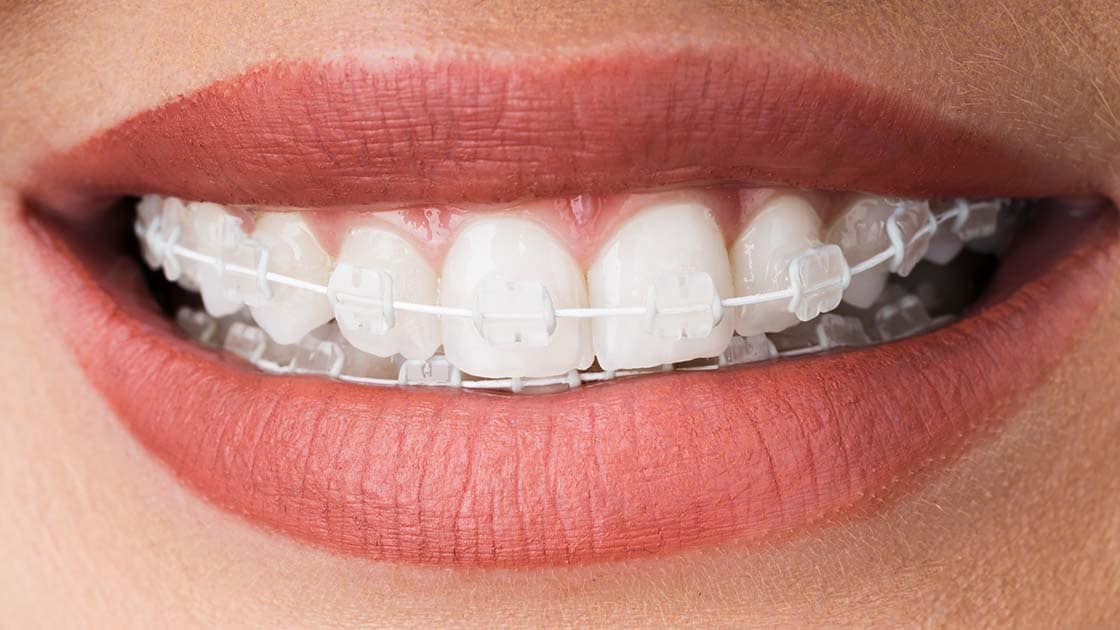
Clear braces are not to be confused with clear plastic aligners. Instead, clear braces are like traditional braces, using brackets and wires to straighten teeth, with the difference being that the brackets are made with tooth-colored ceramic material. Patients may choose to have the ceramic brackets on all of their teeth or to have them applied only to the teeth that are visible when they smile (usually the upper front teeth) depending on their bite. Micro metal brackets are placed on the remaining teeth.
Clear braces combine the best features of invisible plastic aligners and metal braces, making them an ideal solution for patients who want straighter teeth, but seek a less noticeable orthodontic treatment option. Clear brackets can be combined with advanced arch wire technology for excellent results, as the clear brackets blend in naturally with your teeth while the high tech arch wire moves teeth comfortably and quickly.
Why Choose Clear Brackets
Clear braces are a popular option with teen and adult patients because they’re practically invisible from afar. Every patient has their own unique set of circumstances and needs, but clear braces may be a better option than clear plastic aligners when:
- A case is complex. While invisible plastic aligner technology has advanced to the point that it can treat most orthodontic issues, there are still some complicated cases that are better treated with traditional braces. When aligners are not an option, but a patient wants a discreet orthodontic treatment, clear braces are our go-to solution.
- Patients find the thought of removing their aligners inconvenient. Some patients like that they can remove their aligners to eat, while others find it embarrassing to remove them in front of others or inconvenient to leave the table and remove them without anyone seeing. For these patients, clear braces may be preferable.
- Compliance is an issue. Plastic aligners work only when you wear them. Clear braces work 24/7 because they’re attached to your teeth. This may mean a shorter treatment time, particularly when compared with patients who do not wear their aligners the recommended 20 to 22 hours a day.
- A patient is likely to lose their aligners. This often happens when the aligners are taken out frequently for extended periods of time. When aligners are lost, it can lengthen treatment time and increase costs if replacements are needed.
Unlike the clear braces of the past, today’s clear braces are made with stain-resistant material to ensure that they’re virtually invisible for the entire duration of your orthodontic treatment. They’re smooth and low-profile, so they feel comfortable too.
Clear braces can be used to correct underbites, crossbites, overbites, misaligned teeth, and most other orthodontic issues. Most patients who need braces are candidates for clear braces, but during your consultation, we will go over each of your options and discuss your treatment goals, your lifestyle, and other factors to take into consideration when making your decision.
Frequently Asked Questions About Clear Brackets
Looking for a practice in the
